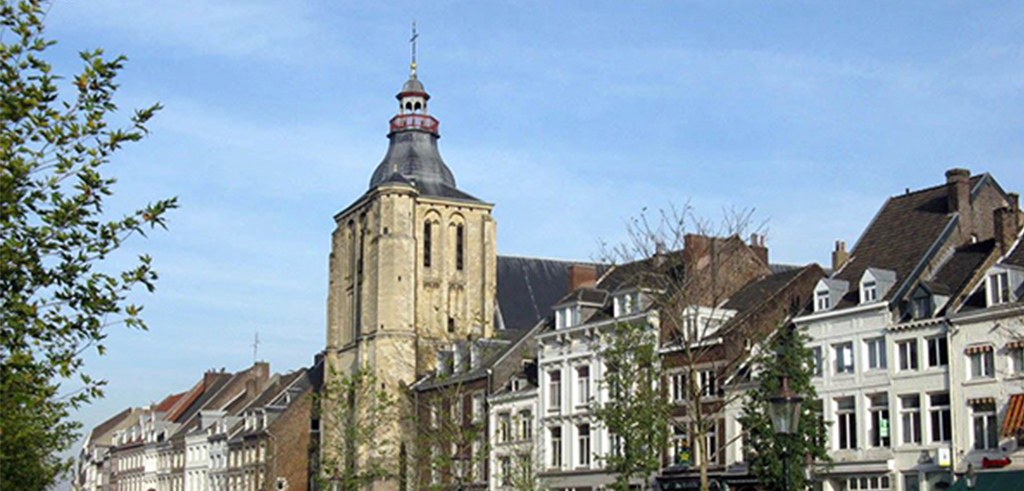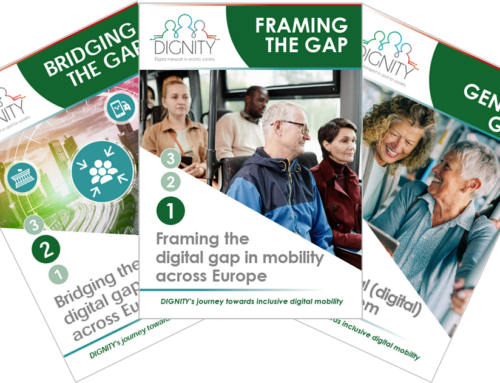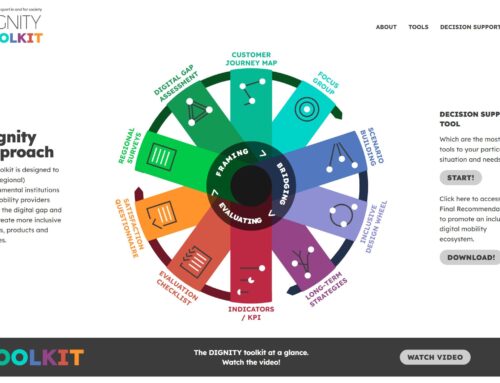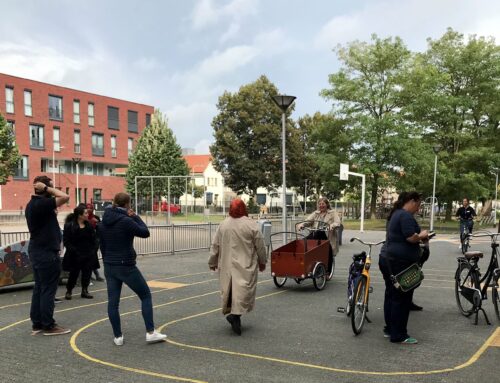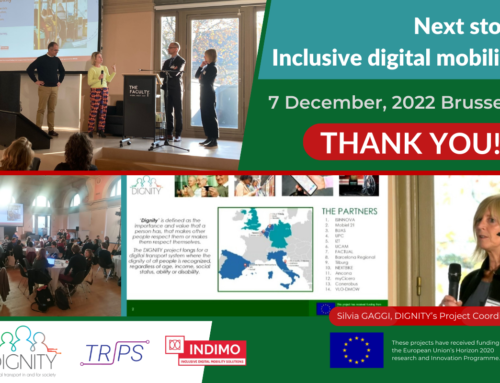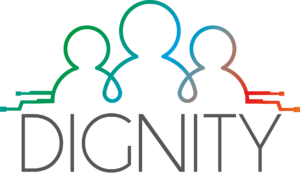What do you really know about the experience your citizens have using mobility services in your city? How could you improve your mobility solution to make it more inclusive?
DIGNITY’s Customer Journey Mapping method shows what barriers specific vulnerable-to-exclusion groups are currently facing. Using this and quantitative data on the city’s inhabitants and mobility solutions, a strategy can be devised to help remove these barriers – and create a more inclusive society.
Customer Journey Mapping is often used in marketing to improve customer service and customer satisfaction. DIGNITY uses this method with a mobility focus. By segmenting activities, touchpoints and experiences, we’ve created a step-by-step approach that helps you to obtain in-depth information on the user experience for a mobility solution or journey. The steps are:
- Define the journey
- Define the target group
- Define journey activities and touchpoints
- Prepare the research
- Execute the research
- Analyse the data
The city of Tilburg in the Netherlands is one of four pilot cities in the DIGNITY project. They recently carried out Customer Journey Mapping, focussing on people with low incomes and their experiences of travelling with public transport.
Janny (female, 49) is one of the participants. She used to be a travel enthusiast, and she proudly describes how she would cycle to the train station and park her bicycle in the storage facility. A station worker would rip a ticket from her strip card book. She’s punctual, so she never was in a rush to catch her train. But two years ago, she started using a wheelchair, and money has become a deal breaker. Despite this, she says, “There is no cheap ticket that can refrain me from not travelling!’’. However, she remarks that her travel experience has changed significantly. The scariest part of her journey is stepping into the vehicle. In her opinion, greater care for disabled people would encourage increased use of public transport. Although people do care, she wishes that all public transport drivers would be as understanding as taxi drivers. Taxi drivers regularly encounter disabled passengers.
Another participant, Moniek (female, 35), shares her story. Moniek hates using public transport and says that nothing can change her mind. “Whenever I see people on the bus, I just think to myself how sad they look. Packed in like sardines,” she remarks. She does not appear to have a clear reasoning as to why she feels this way. Unfortunately, her opinion is not set to change, as she explains to us that she never has cause to travel far, so there is no real reason for her to use buses. When asked about the bus ride itself, she says that it “isn’t all too bad” and she felt “safe”. “It is a practical form of transport, but it’s just not for me”.
The DIGNITY project is currently analysing the results of the interviews with participants in Tilburg, where participants’ inputs were insightful and can be used constructively. DIGNITY pilot cities can follow these concrete steps to execute thorough Customer Journey Mapping research, in turn helping them to better understand the motivations, triggers, and barriers to specific forms of travel, and see whether target groups are using the mobility services and solutions that are available to them. This information can enable authorities to develop increasingly user friendly and inclusive mobility solutions, in collaboration with industry partners.

